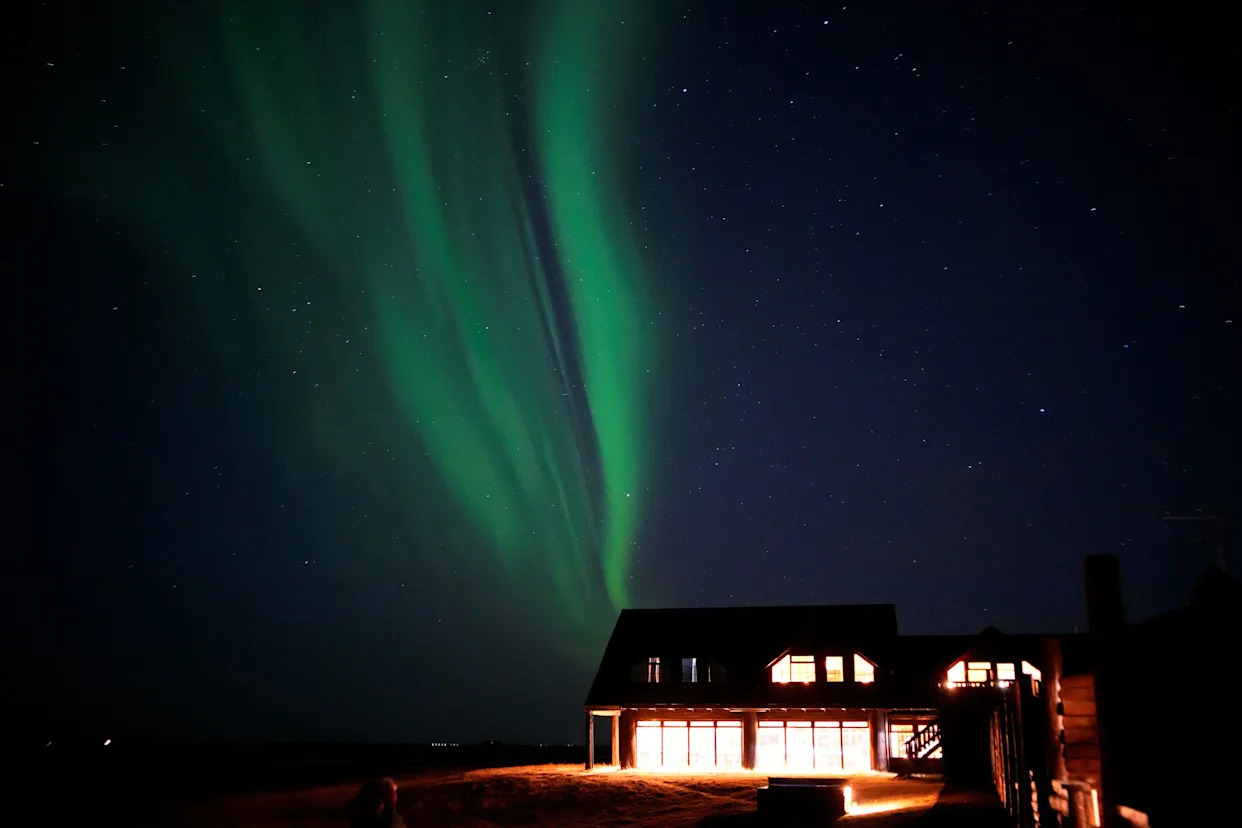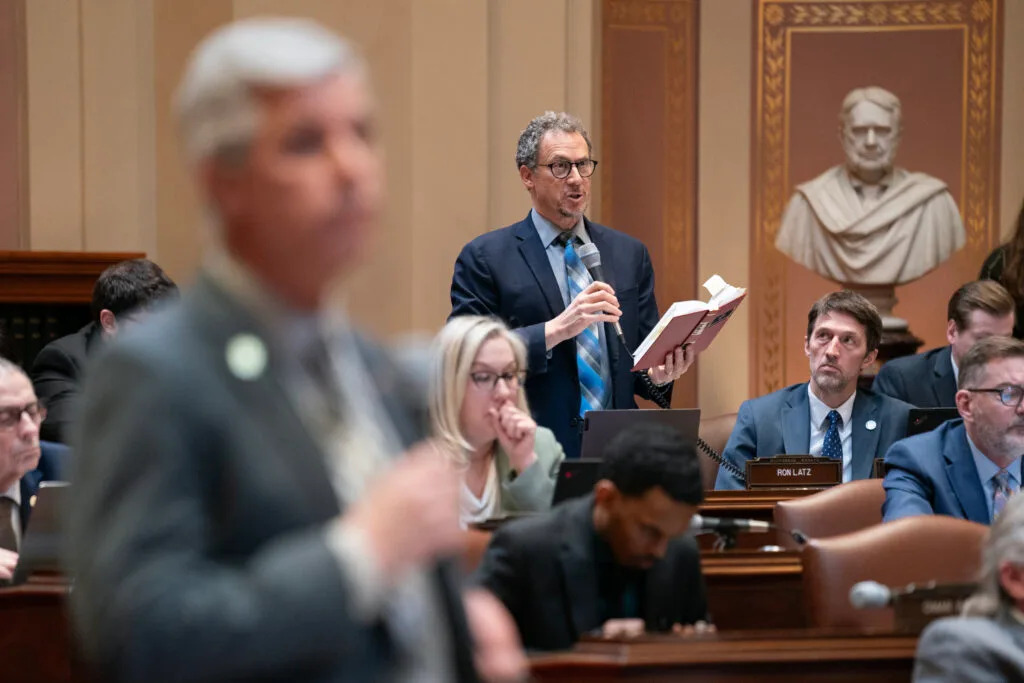
Another geomagnetic storm is set to bring the celestial light show of the aurora borealis even further south over the weekend.
On Aug. 5, the sun's outermost atmosphere had an explosion of charged particles, known as a coronal mass ejection, according to the National Oceanic and Atmospheric Administration. Those charges have been hurtling towards Earth for days and have the potential to soon trigger a geomagnetic storm on Earth, according to the agency's Space Weather Forecast.
Meaning the northern lights could soon be on display further into North America than they usually travel. But will it be seen in Tennessee?
Will we see the northern lights tonight in Tennessee?
The geomagnetic activity detected by NOAA's Space Weather Prediction Center had a Kp index of 6 as of Aug. 7, meaning the northern lights will be active and brighter further from the poles, according to the agency.
"At this geomagnetic activity level, it might be possible to see the aurora from the northern edge of the United States," NOAA says on its website.
Although 18 states will be able to see the rare dancing lights, Tennessee will not be one of them
The dancing red and green lights of the aurora borealis aren't an unusual sight for people in the northern part of the United States and in Canada, but in the South, it is a rare treat.
In May 2024, much of the country got to see them. In 2025, though, June 1 was the first time there was a chance that the aurora borealis could be seen further south. Recent predictions from NOAA have the northern lights dancing their way down as far as Indiana, but the chance Tennesseans would be able to see them is slim to none.
What is a geomagnetic storm?
The geomagnetic storm is a coronal mass ejection (CME), which are large expulsions of plasma and magnetic field from the sun's atmosphere known as the corona, according to Space.com. This is one of several coronal mass ejections and storms that Earth has experienced over the last several years.
While these geomagnetic storms from coronal mass ejections can affect satellites and our power grids, they also create the aurora borealis effect. And when they are strong enough, they allow for the northern lights to be seen as far south as Alabama.
Which states have the best chance of seeing the northern lights tonight?
Our friends further north have the best seats in the country for Aug. 8's light show. Here are the states best positioned within the aurora viewing line.
Washington
Idaho
Montana
North Dakota
South Dakota
Minnesota
Wisconisn
Michigan
These states had a better view on Aug. 7, but might have a chance at seeing them on Aug. 8 as well.
Oregon
Wyoming
Nebraska
Iowa
Illinois
Indiana
New York
Vermont
New Hampshire
Maine
Do solar storms cause the aurora borealis? What exactly does?
In short, the northern lights can be seen thanks to particles being released by solar flares from the sun and hitting the Earth's magnetic field. That colored glow from the aurora that we end up seeing is the particles interacting with atmospheric gas molecules.
In this case, green and red light are emitted by oxygen. Blue and purple come from nitrogen, according to NASA.
When could Tennessee see the aurora borealis again?
In 2024, NASA scientists predicted that the solar maximum, or the next peak in solar activity, would occur in July.
Solar maximum was expected in July 2025, with a peak of 115 sunspots, according to NOAA.
“How quickly solar activity rises is an indicator on how strong the solar cycle will be,” said Doug Biesecker, Ph.D., panel co-chair and a solar physicist at NOAA’s Space Weather Prediction Center. “Although we’ve seen a steady increase in sunspot activity this year, it is slow.”
Even with slow activity, there's still a chance even more solar activity could occur before the end of summer, including the geomagnetic storms that cause the Northern Lights. But with the cycle now on the decline, the likelihood of Tennessee stargazers seeing the colorful lights dwindles, but there is still a possibility.
USA TODAY contributed to this story.
This article originally appeared on Nashville Tennessean: When will the aurora borealis be visible? Northern lights set to show







Comments